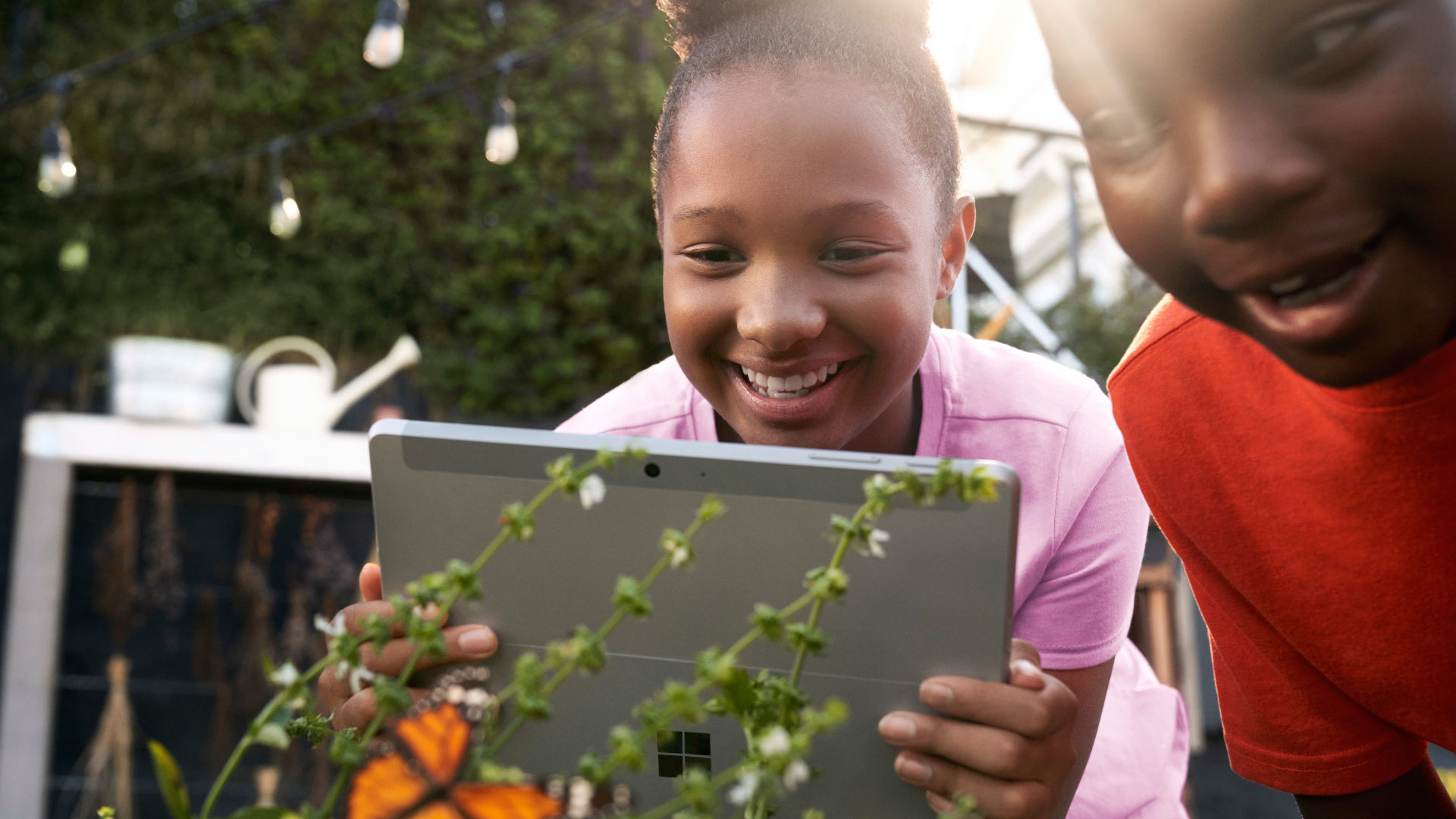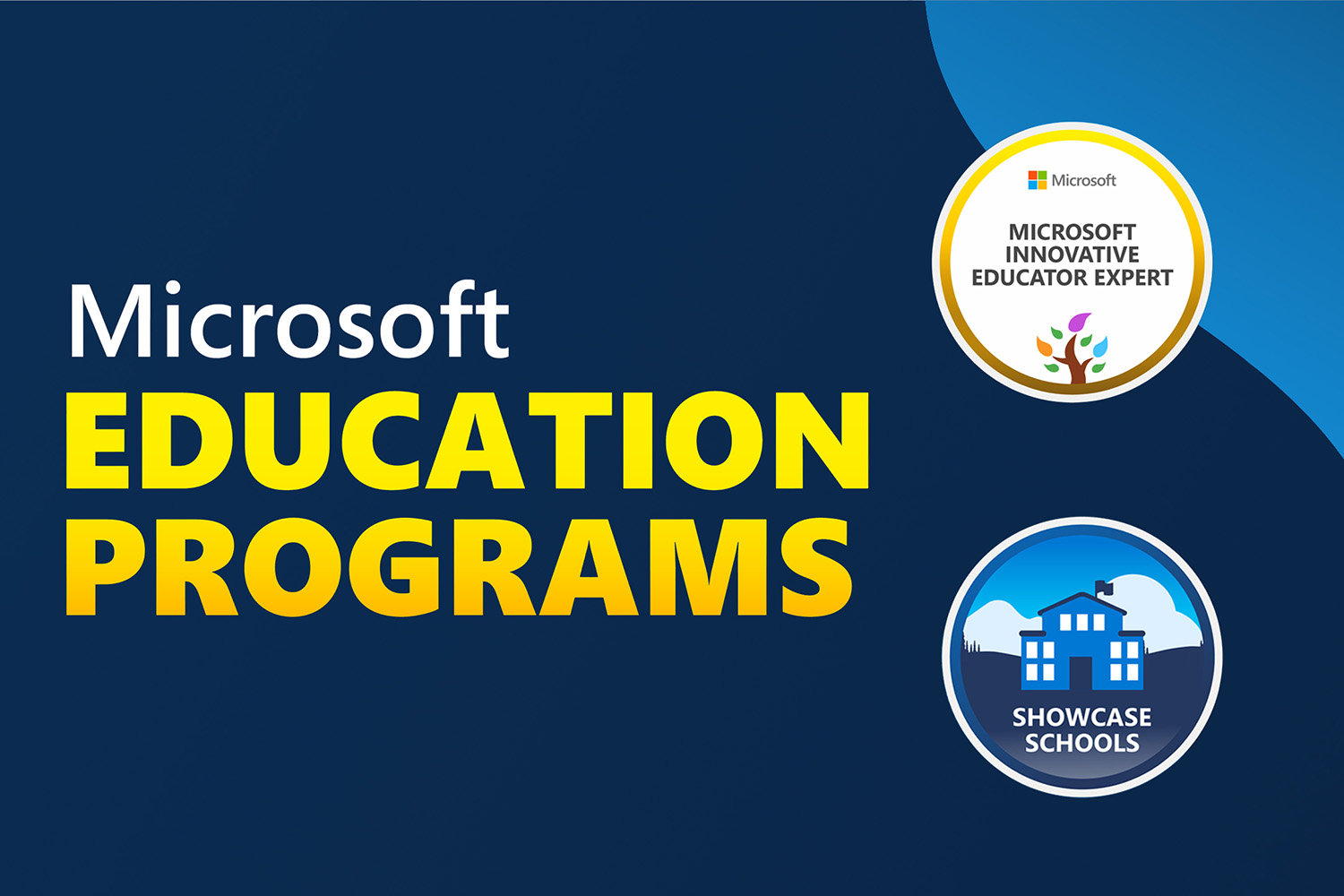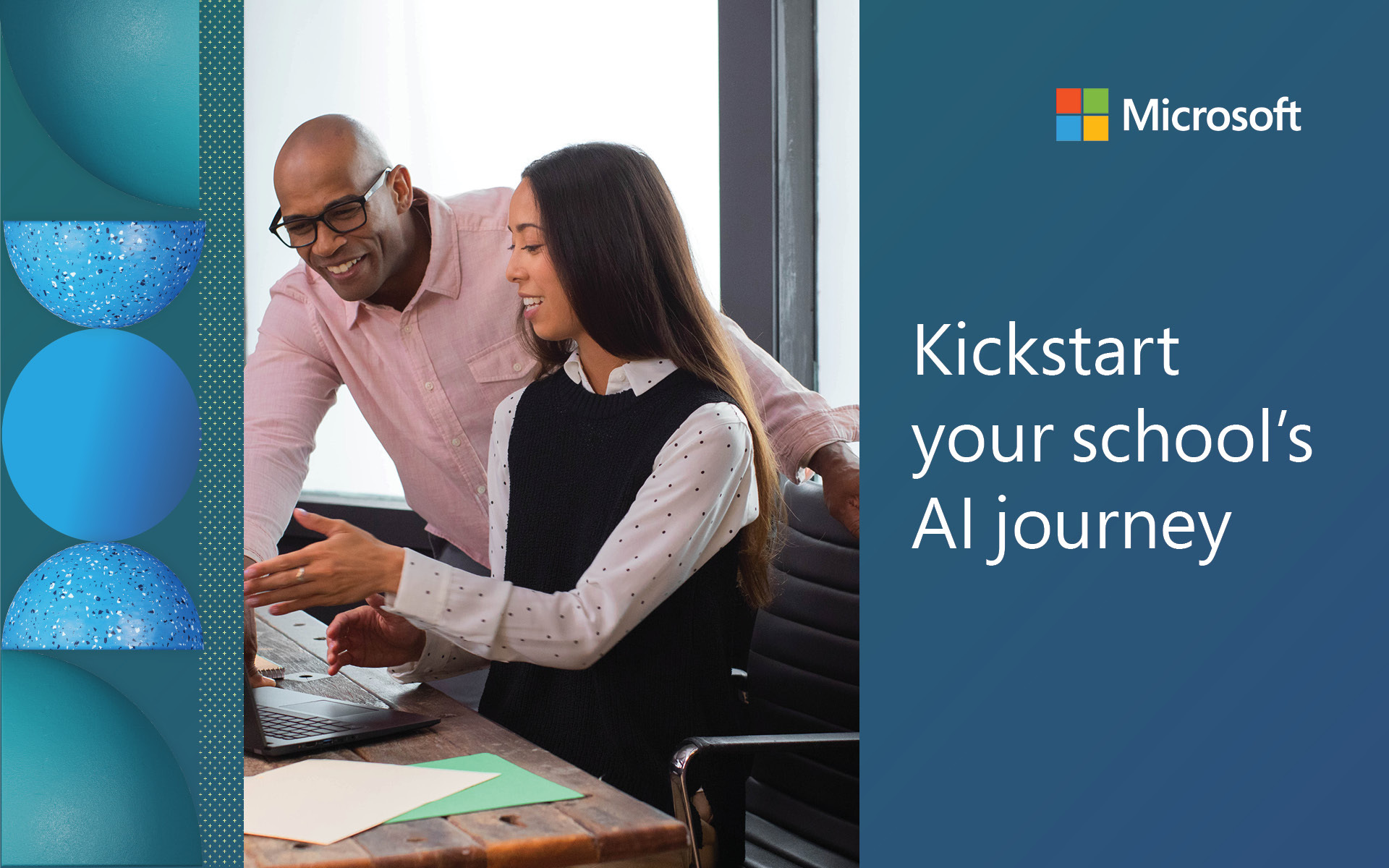Students around the world are invited to take part in an extraordinary STEM learning experience with your students. On March 2, a NASA astronaut aboard the International Space Station will answer questions from students via a live, in-flight education downlink. Microsoft Education is honored to partner with The NASA STEM on Station, and The Museum of Flight in Seattle to host the downlink event, and we want you and your students to be there with us.
During the live March 2 downlink, students will have the opportunity to ask questions of the astronaut. Inquiries should focus on the experience of living and working in space, the Artemis lunar exploration program and questions related to the Astro Socks activity, part of our Hacking STEM lessons.
Student questions are due by midnight PST Feb. 7 using thisform. Students who are located outside the Greater Seattle area will be asked to submit a video recording if their question is chosen.
Visit the Microsoft Education Downlink event page to get started today.
Tackling the reality of being a “first”
NASA has a long history of “firsts”—from the first orbit of the moon to the first footprint on the moon to the first space telescope. Today’s students are also pioneers: they are the first members of what NASA calls the Artemis Generation. They’ll become the first commercial space travelers, the first long-term inhabitants on the moon, and the first to apply lessons learned from living on the moon to exploring Mars.
They’ll join the ranks of Alan Shephard, the first American astronaut to travel into space, and Katherine Goble Johnson (featured in Hidden Figures), who solved the complex orbit and trajectory equations required for Shephard’s journey. They’ll continue the work of Christa McAuliffe, the first teacher in space whose lesson plans were recently published by The Challenger Center and the NASA STEM on Station team. And they’ll follow in the footsteps of Jessica Meir and Christina Koch, who participated in the first all-female space walk.
Being a first comes with challenges and we know we still have a long way to go to prepare our students for their futures. Today’s astronauts have diverse backgrounds in STEM fields, and it’s clear future generations will need to have strong and varied STEM training and experiences as well. While research shows STEM fields will expand faster than non-STEM jobs, (growing to more than 9 million by 2022) the path to STEM careers is uneven, particularly for under-represented minorities and female students. Having the opportunity to talk with astronauts actively aboard the space station is one of the ways we are expanding educational STEM opportunities and providing students with access to role models. This is critical to ensuring all students are inspired and can see themselves as a members of the Artemis Generation.
Join us for a live, NASA, In-flight downlink on March 2nd and become inspired by the astronauts onboard the International Space Station.
Get hands-on in the classroom with the Astro Socks Design Challenge
Did you know astronauts in space use their feet like hands? They grip and grasp bars and belts situated around the International Space Station to help them stabilize themselves while working in microgravity. Over time, this leads to significant discomfort on the tops of their feet. The Astro Socks Design Challenge is a standards-aligned lesson plan that incorporates design thinking with an introduction to working with sensors and live data. Students take on the role of biomechanical engineers, product designers, and user researchers to solve the astronaut’s foot pain. They study the daily tasks performed on the space station, build sensors and collect foot pressure data in Excel. Then, they design and build prototypes to mitigate the load and test the effectiveness of their design in a simulated microgravity environment. The last step is to write and record an advertisement to explain their solution.
The lesson plan is located here and for those looking for a plug and play way to bring this into your classroom, Carolina Biological has just released a kit.
The Astro Socks Design Challenge is one of eight lesson plans recently published by the Microsoft Hacking STEM team in partnership with the NASA STEM on Station team. The collection celebrates 20 years of humans living aboard the space station and provides an opportunity to introduce your students to considerations that astronauts need to think about when living and working in space.
Start today: visit the Microsoft Education Downlink event page.




